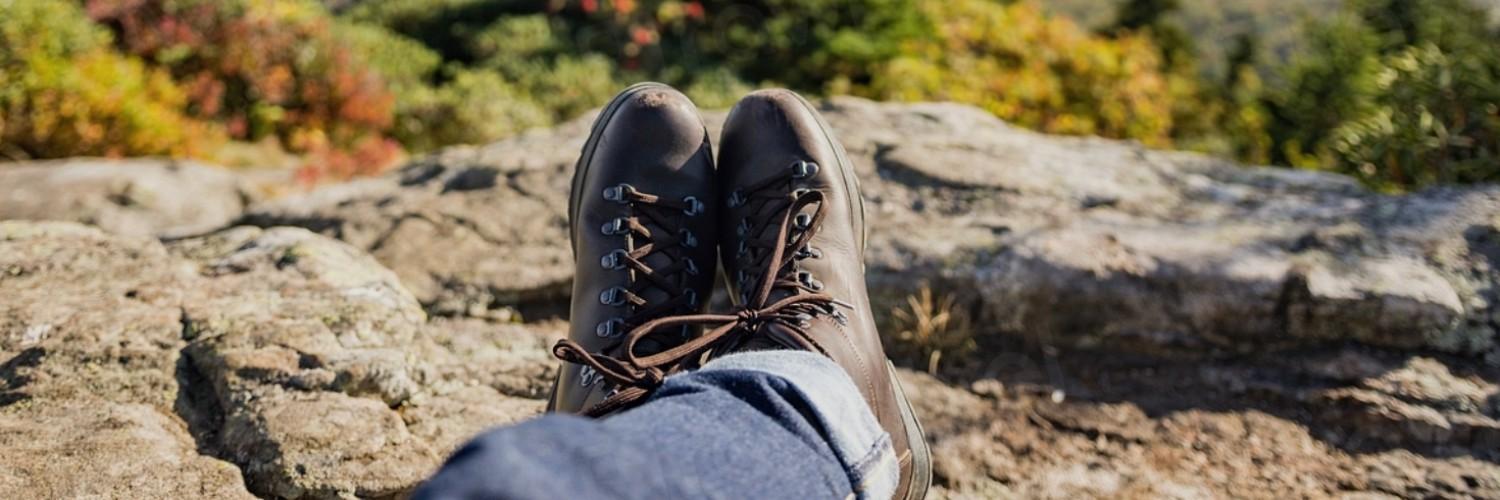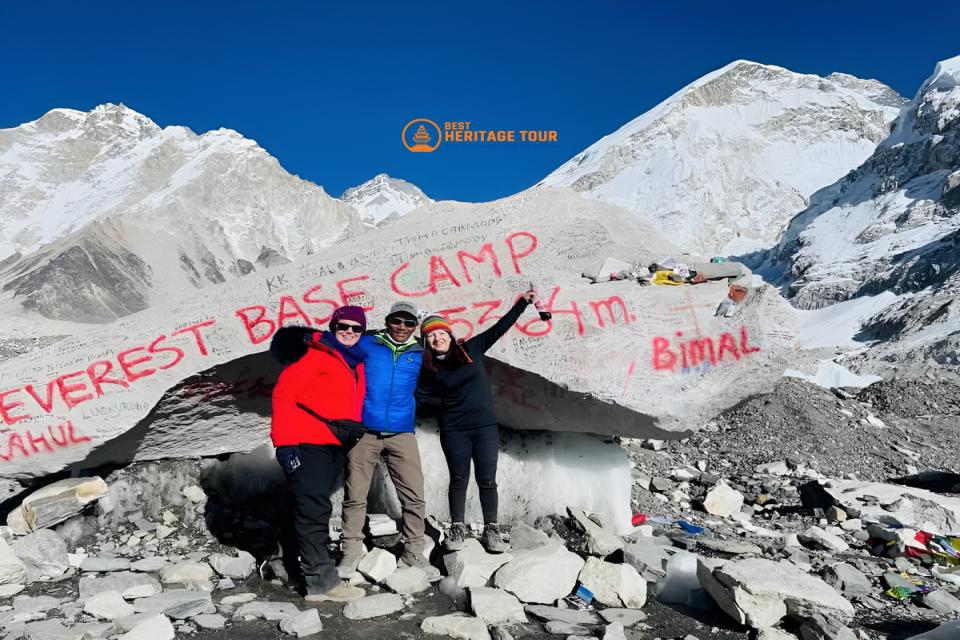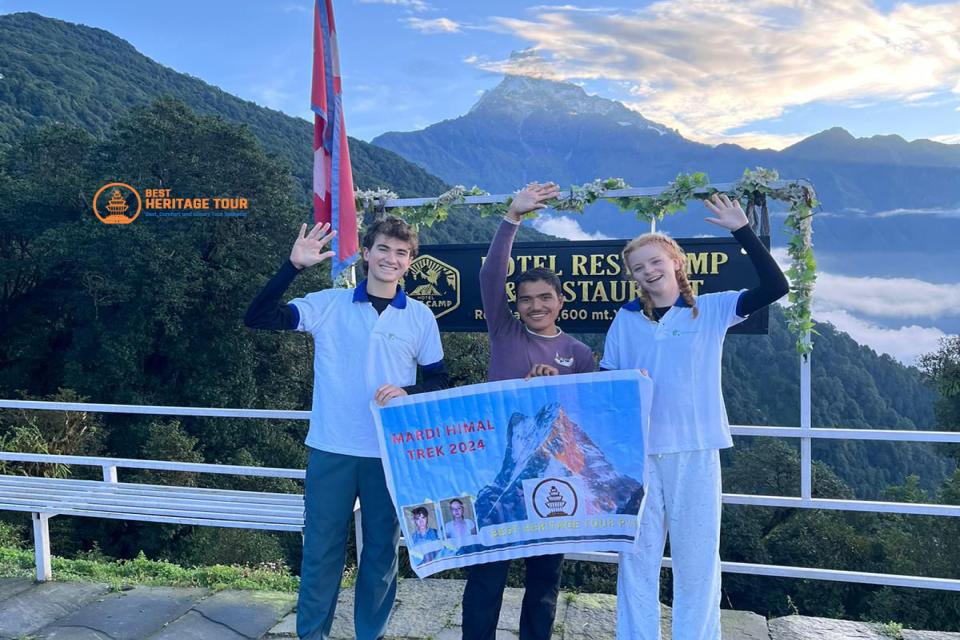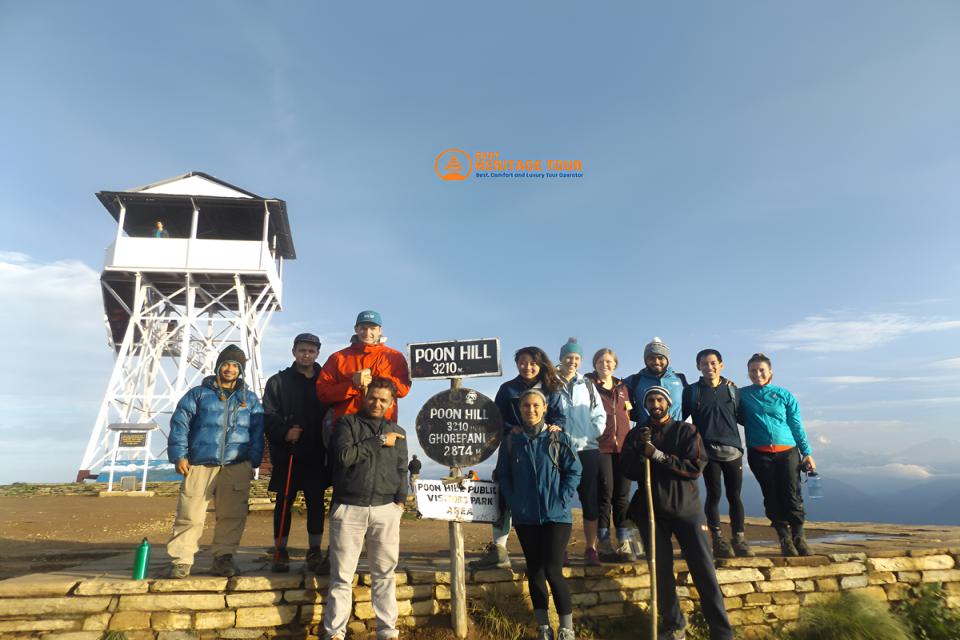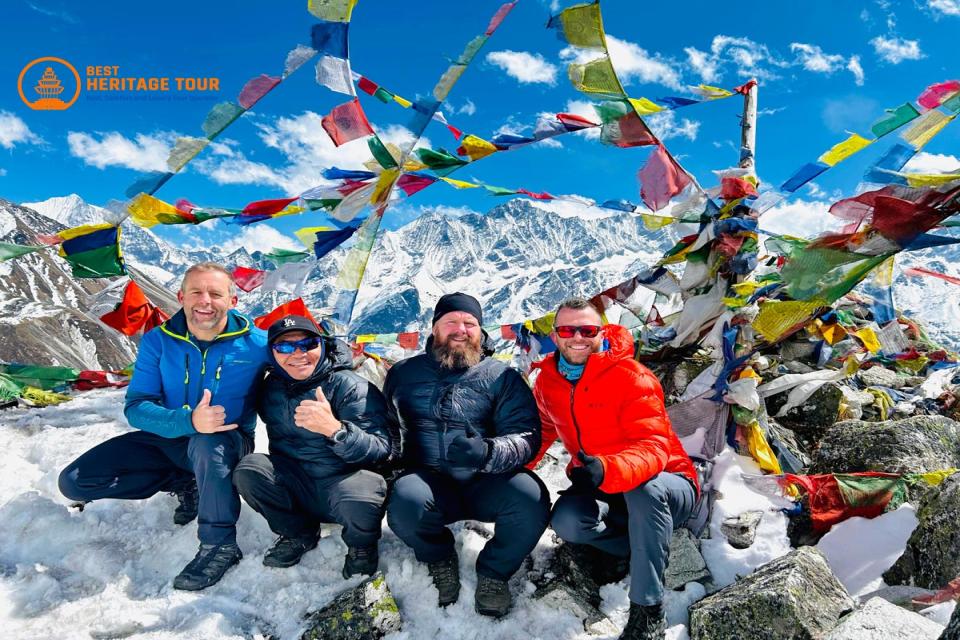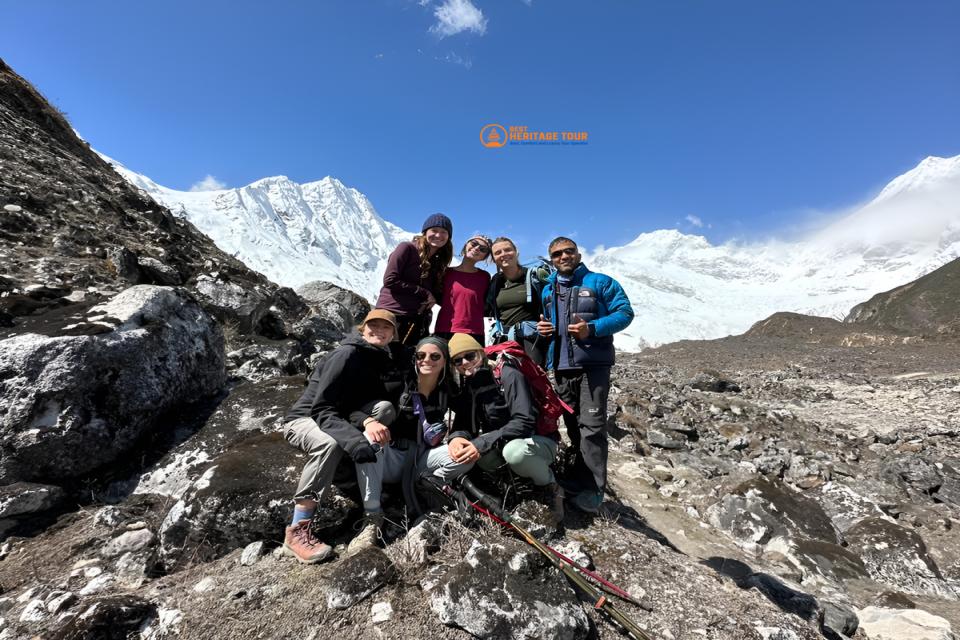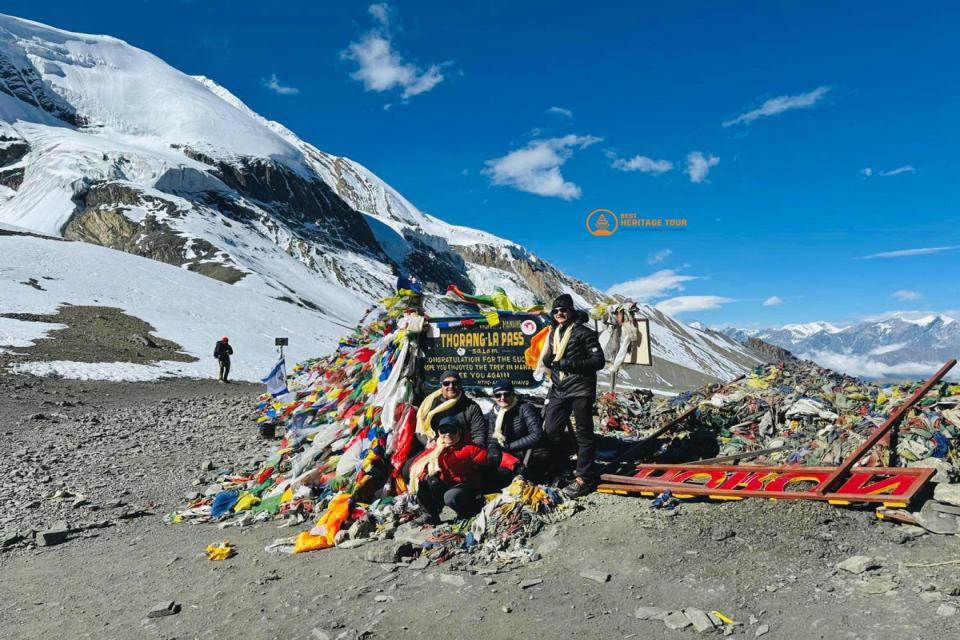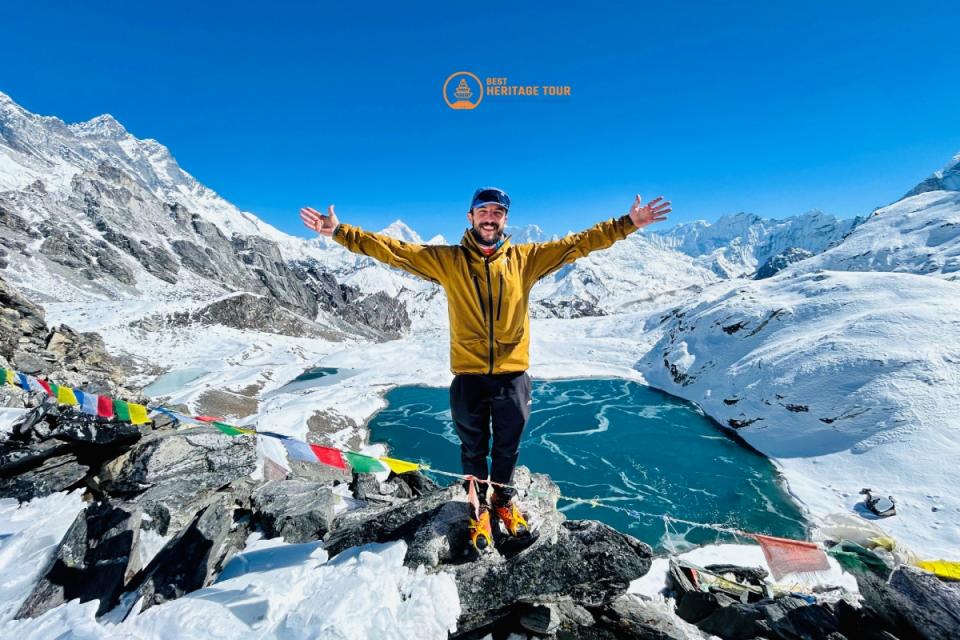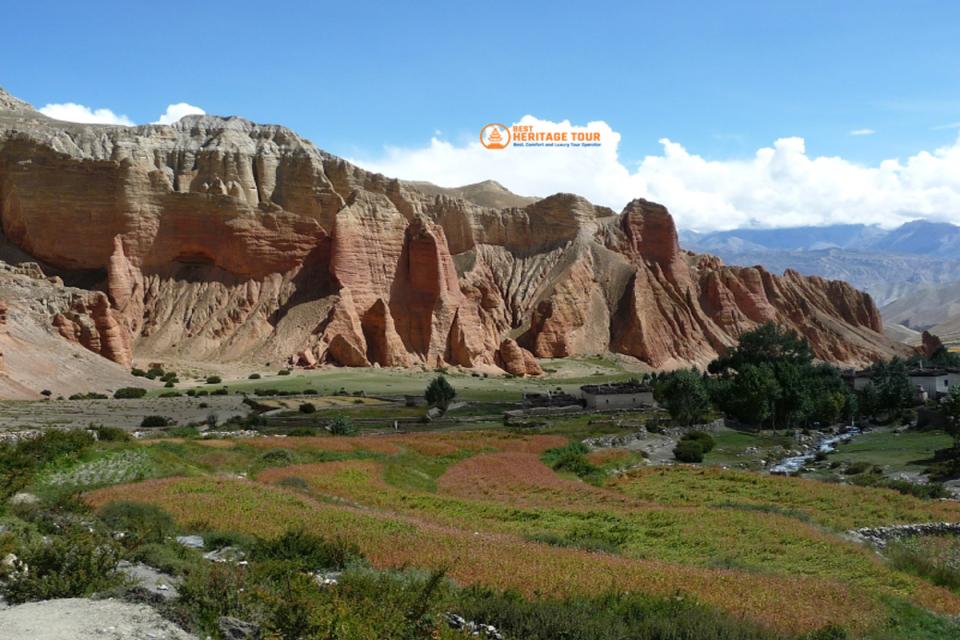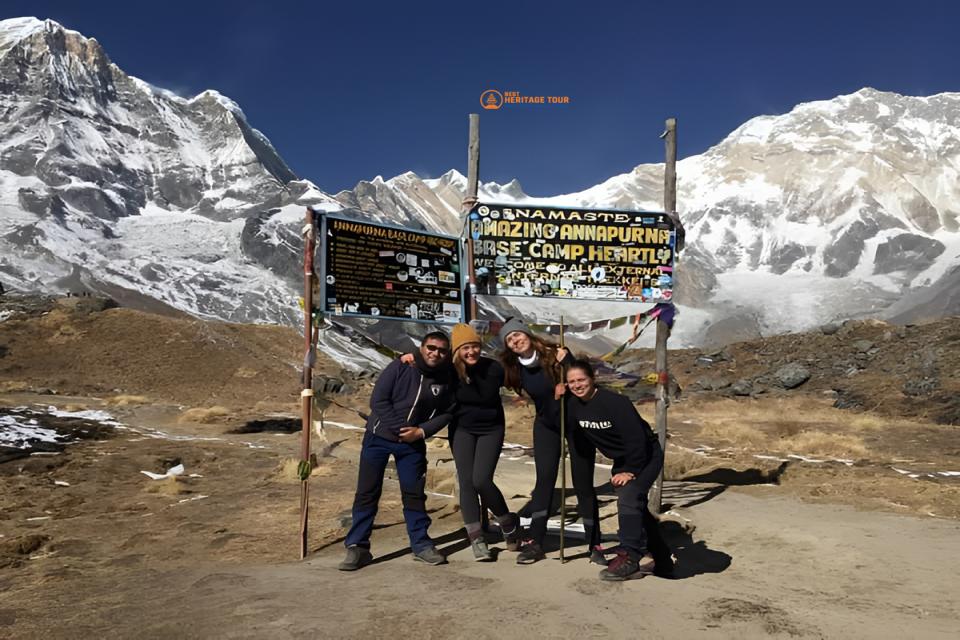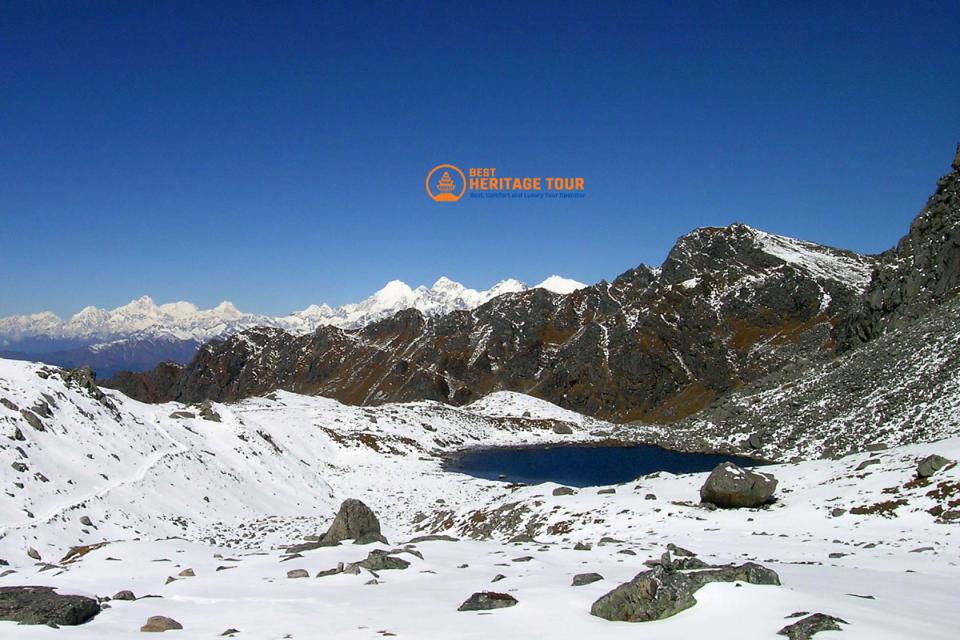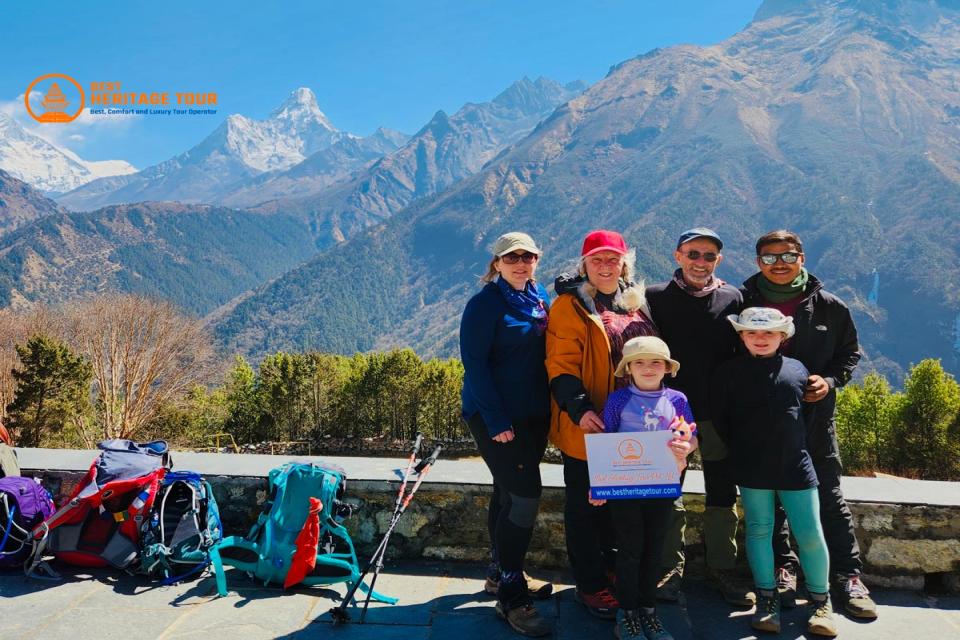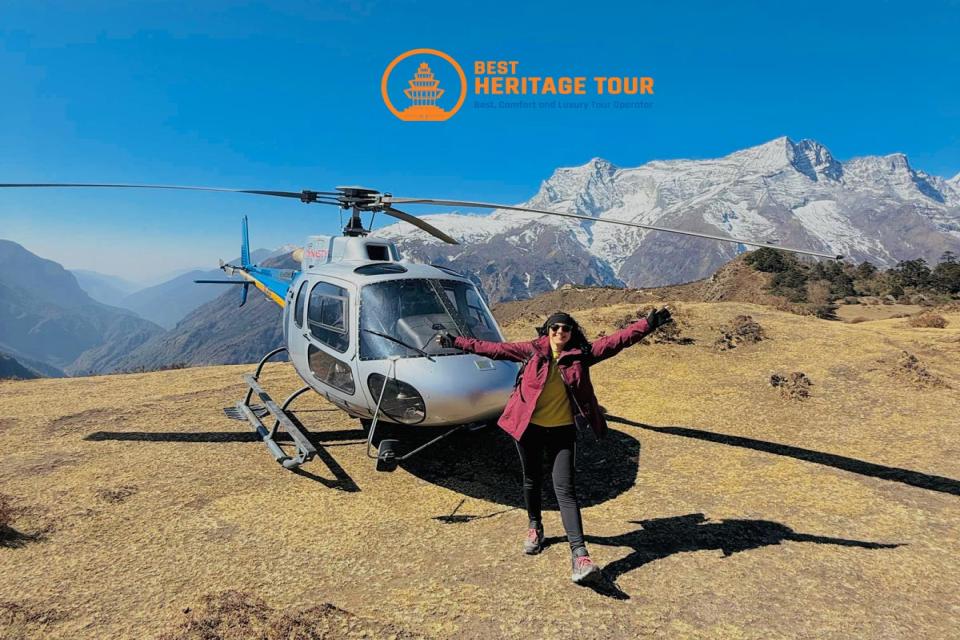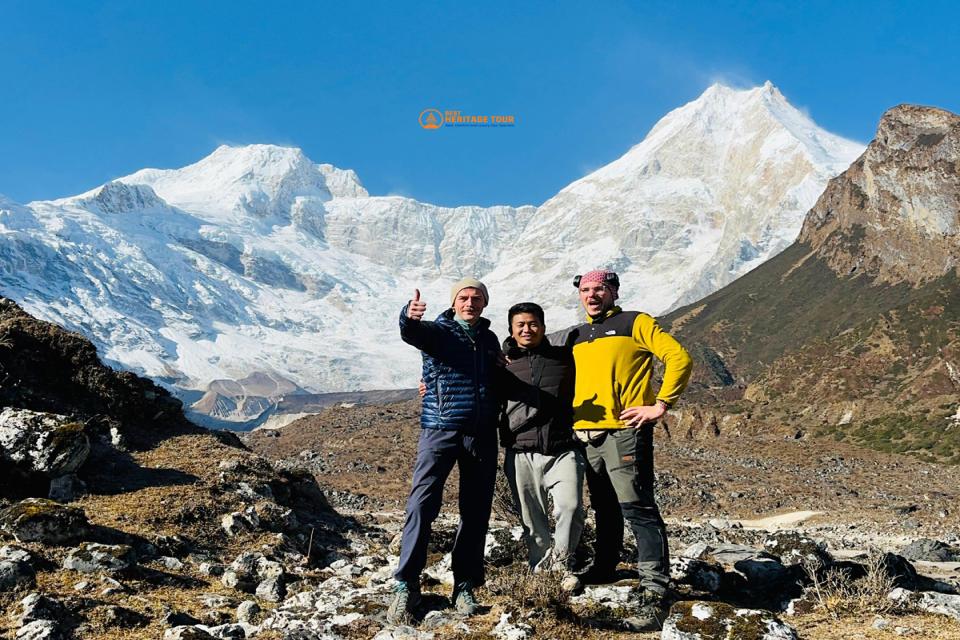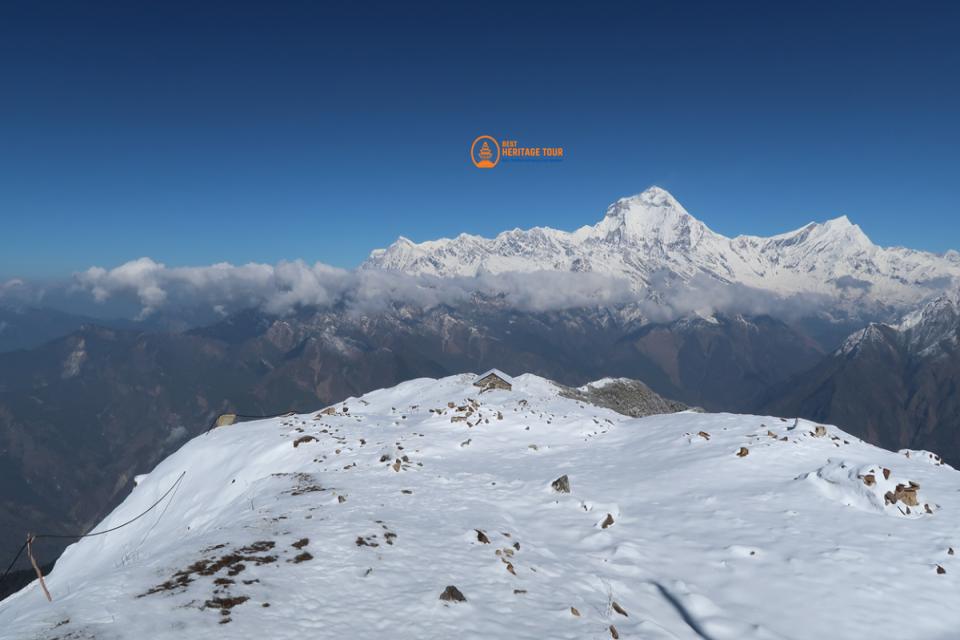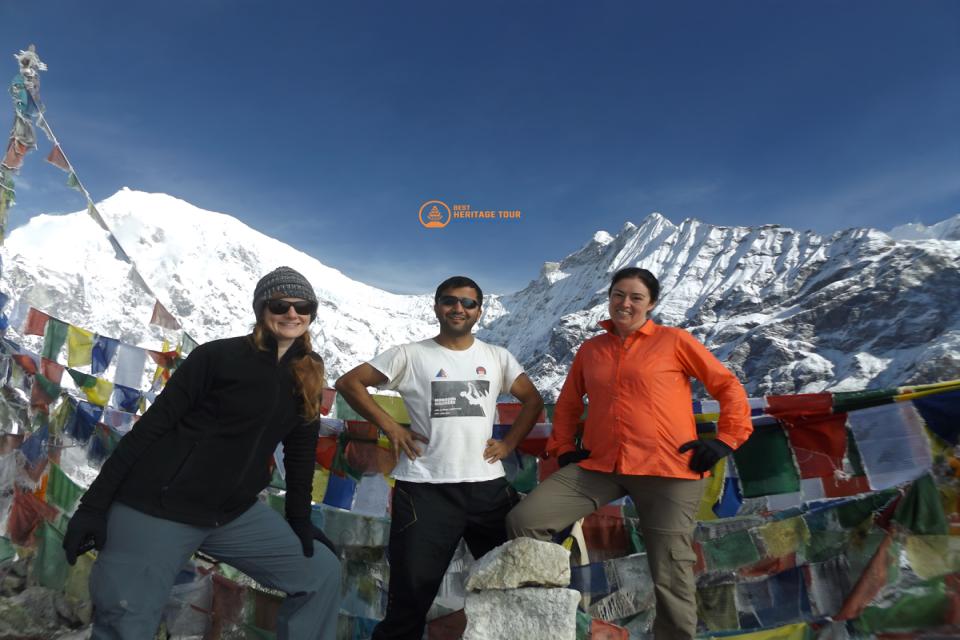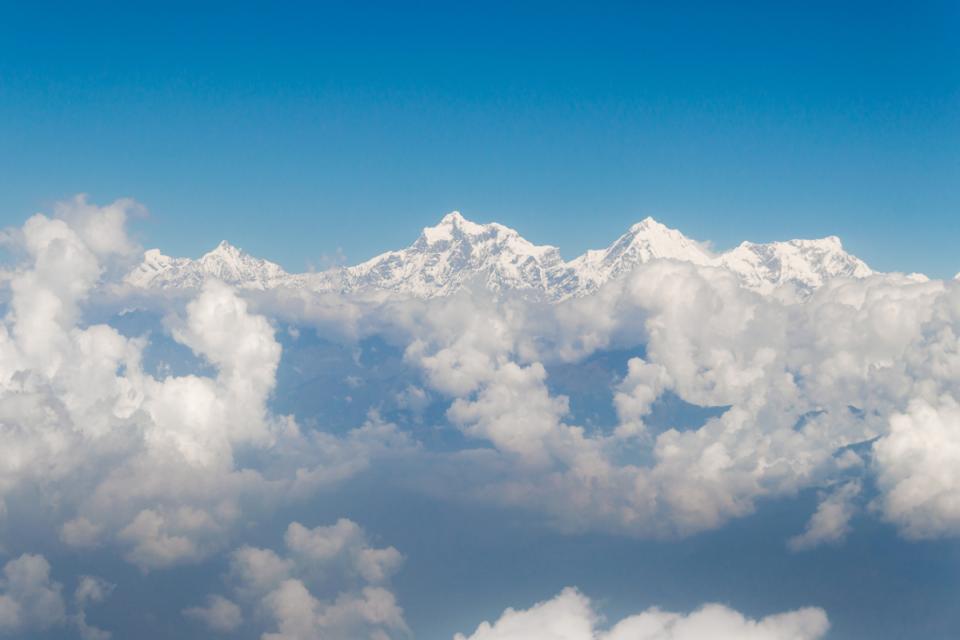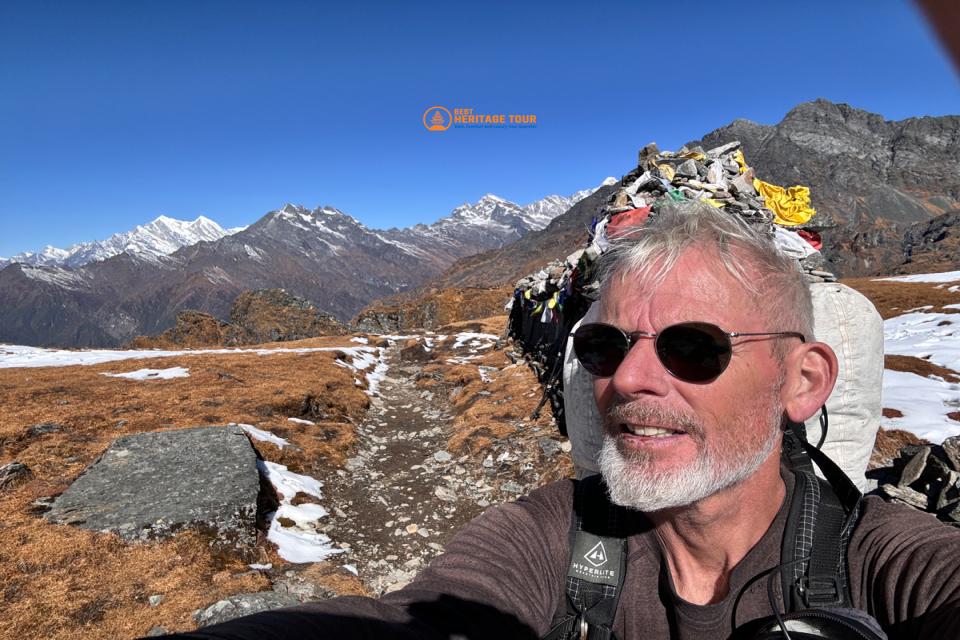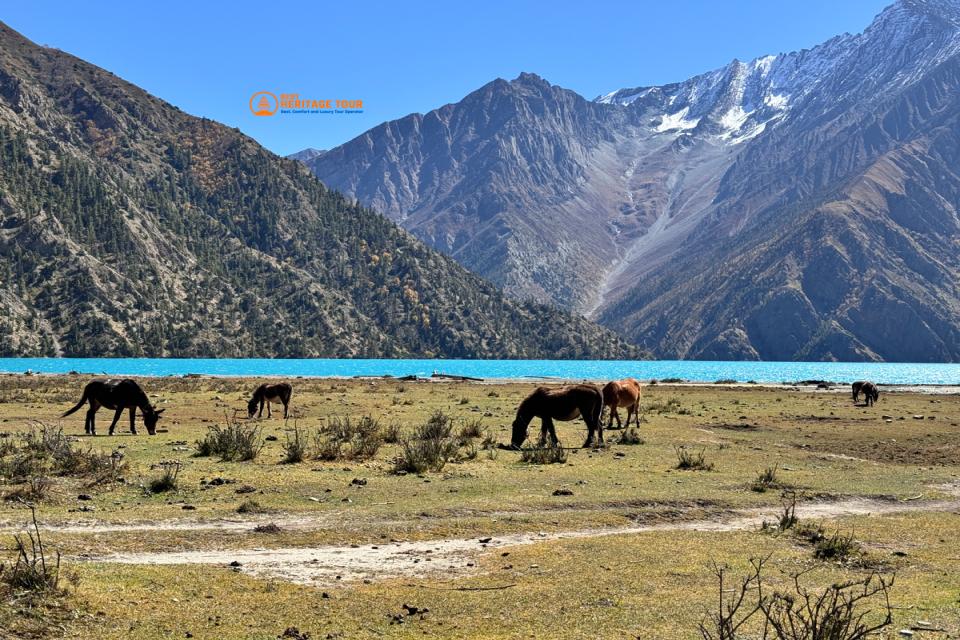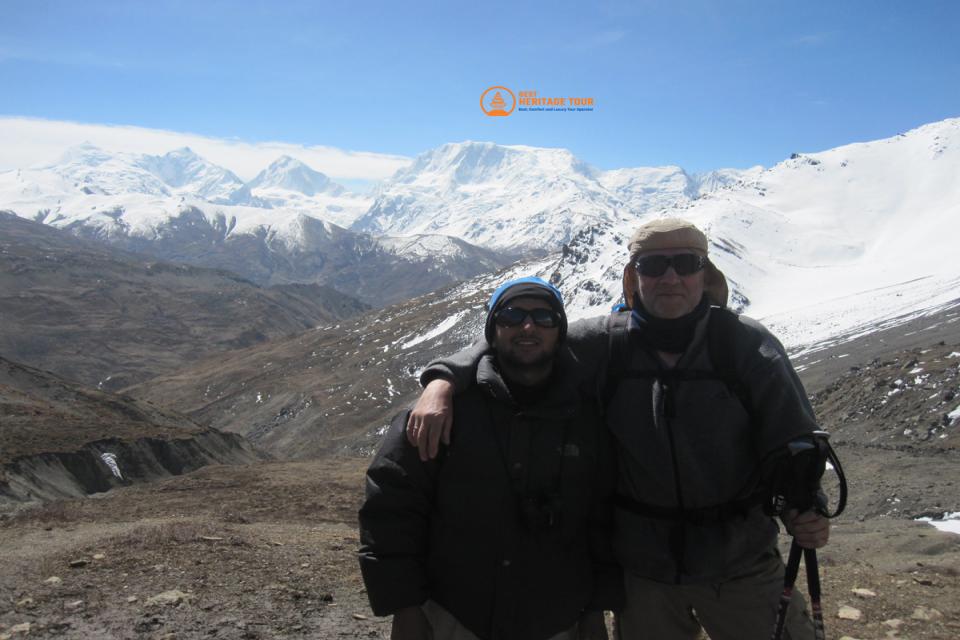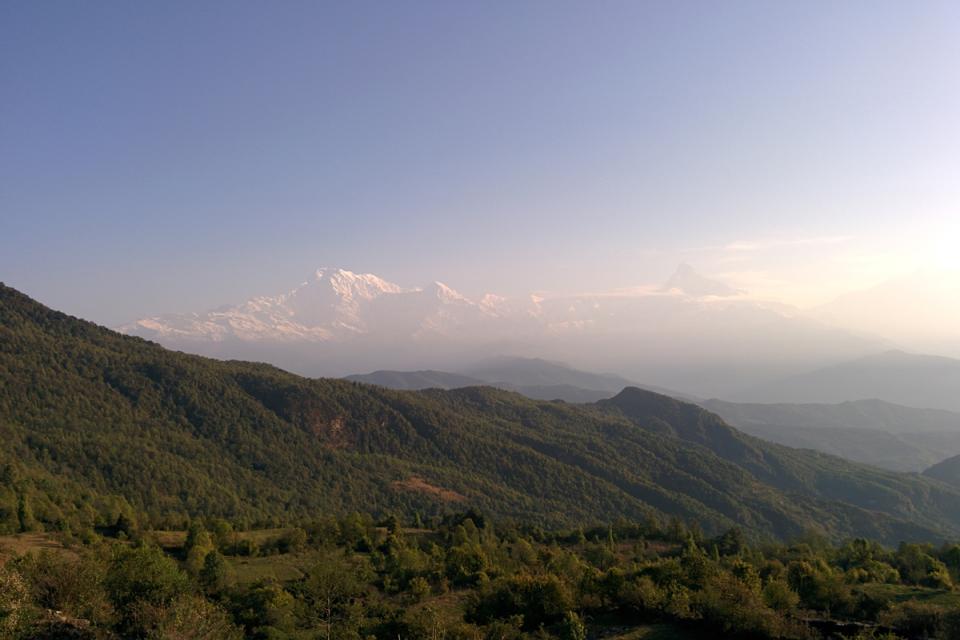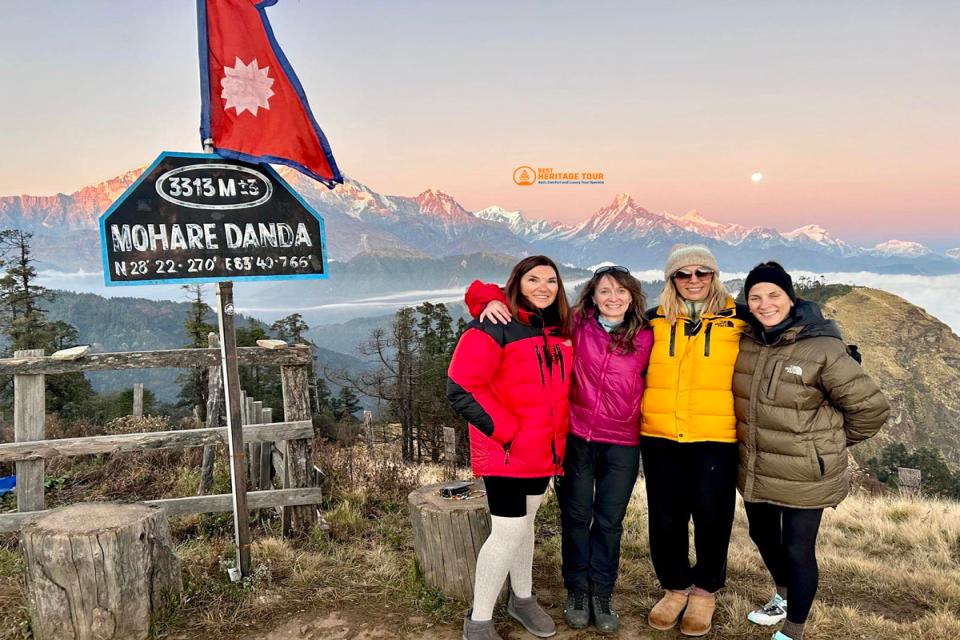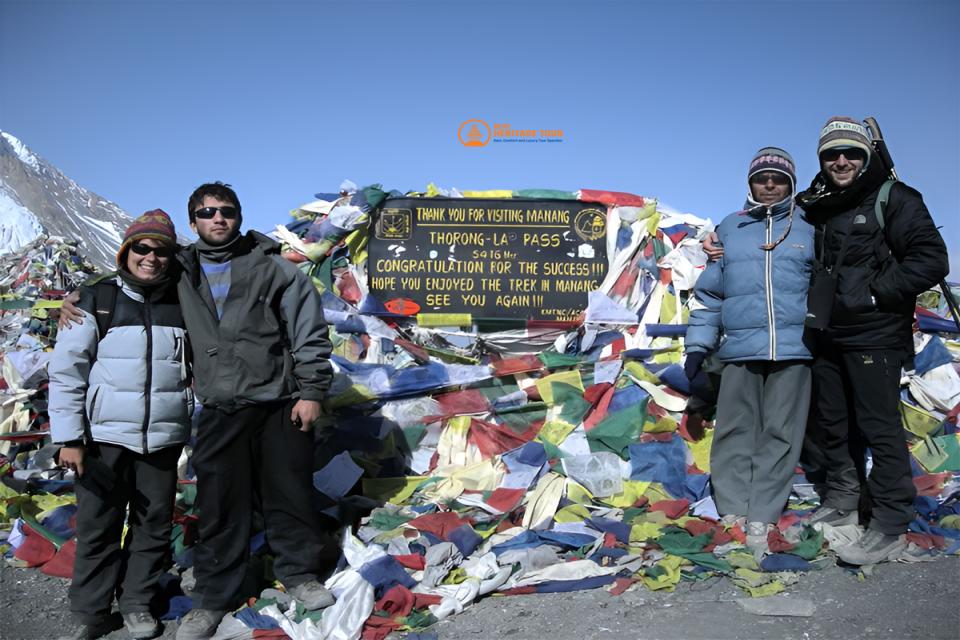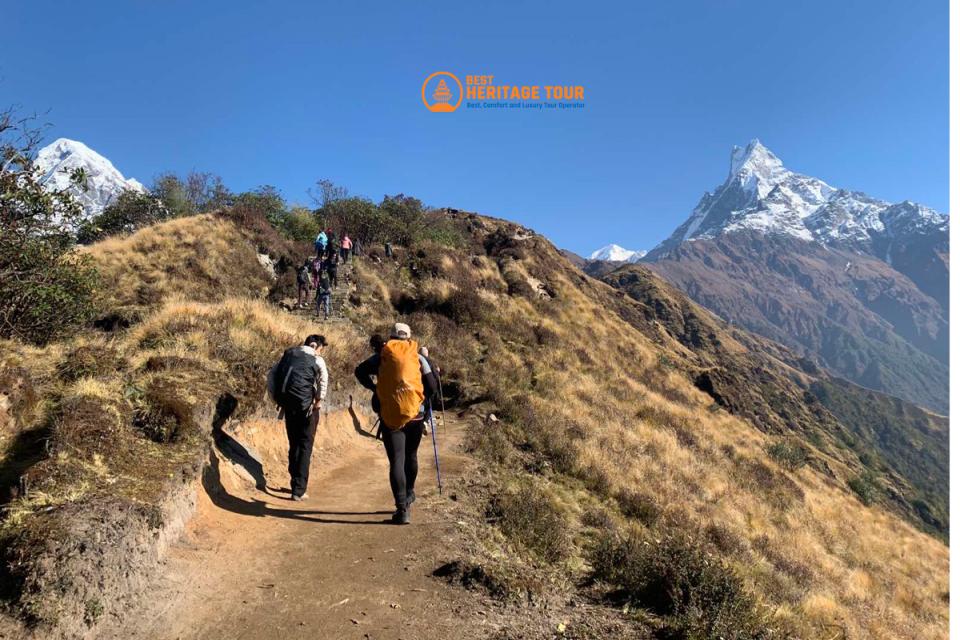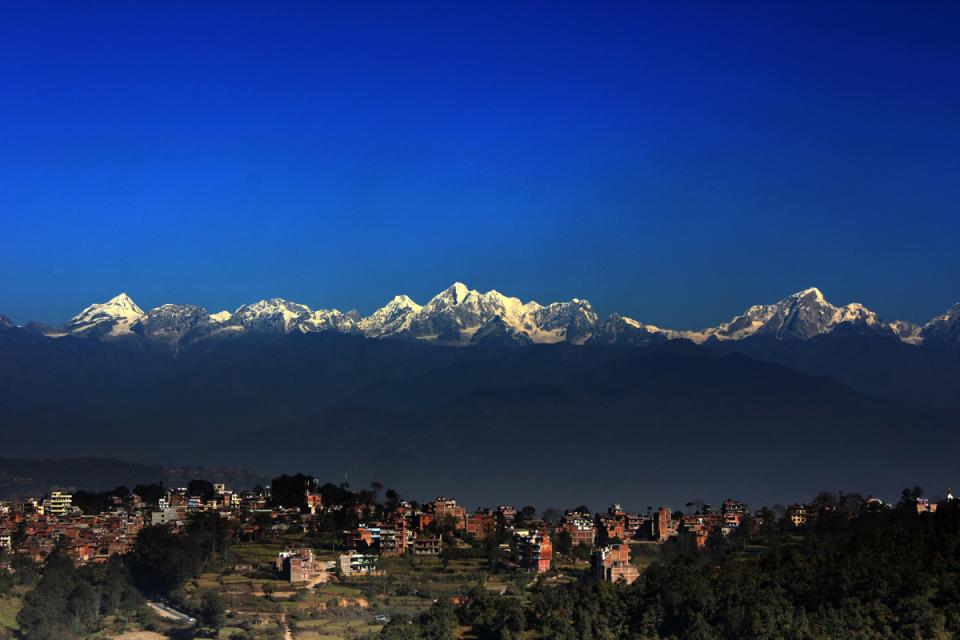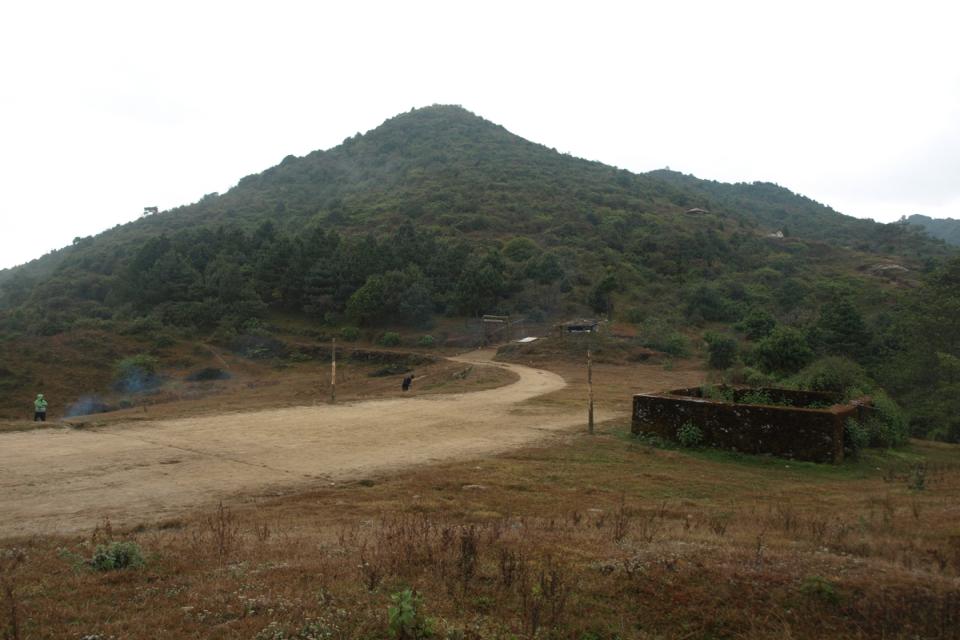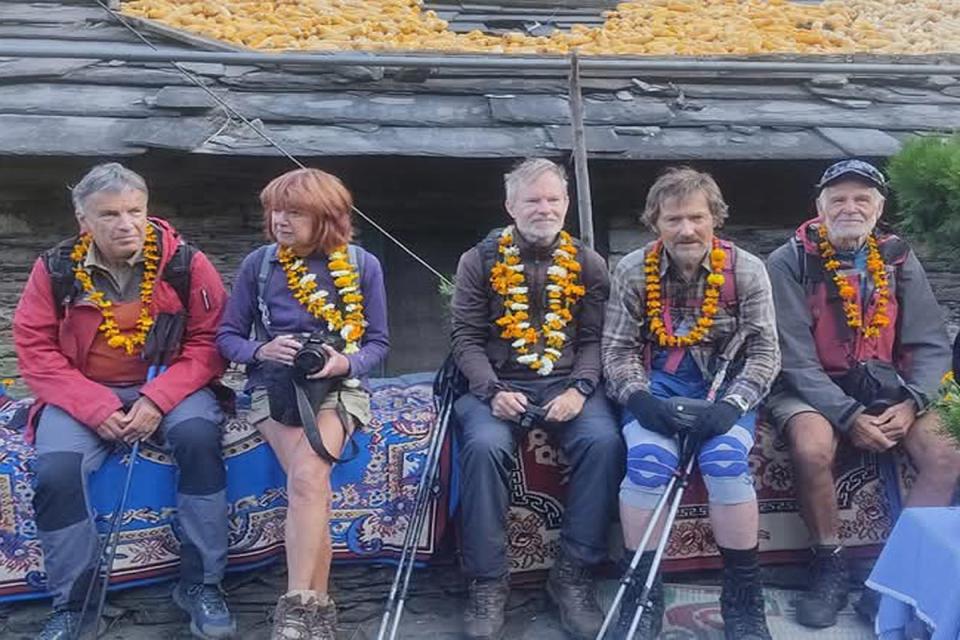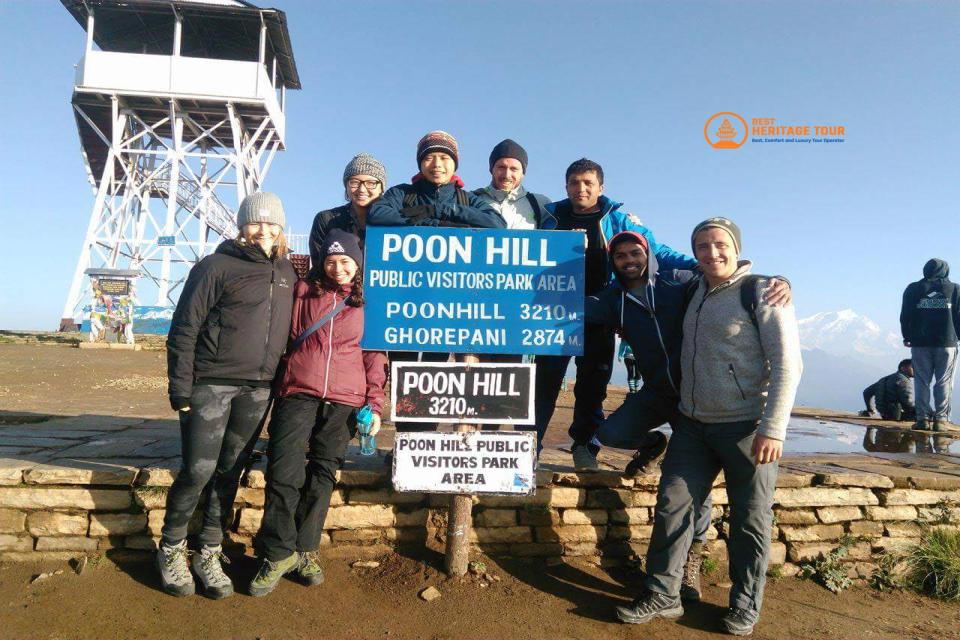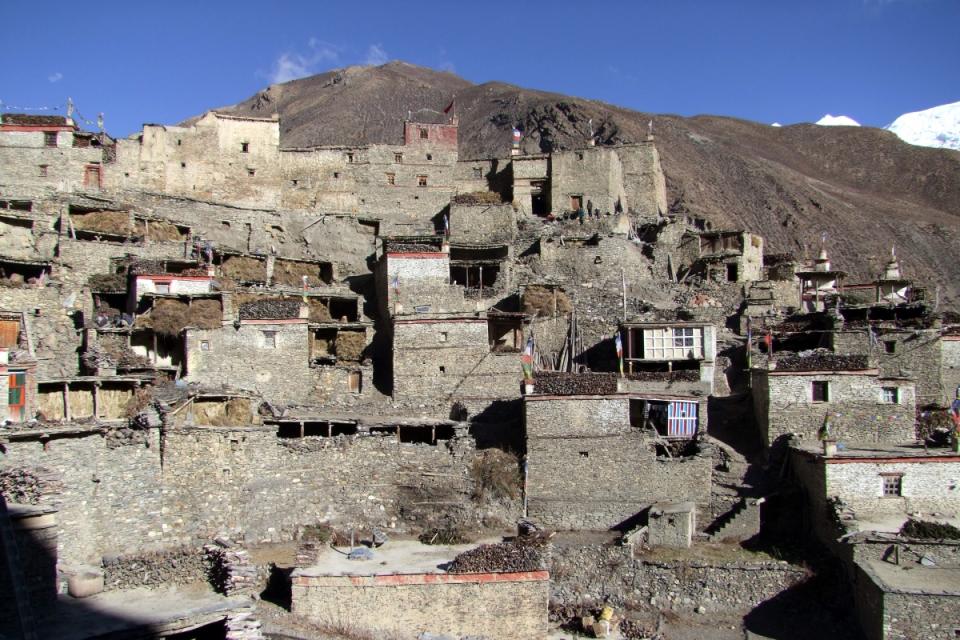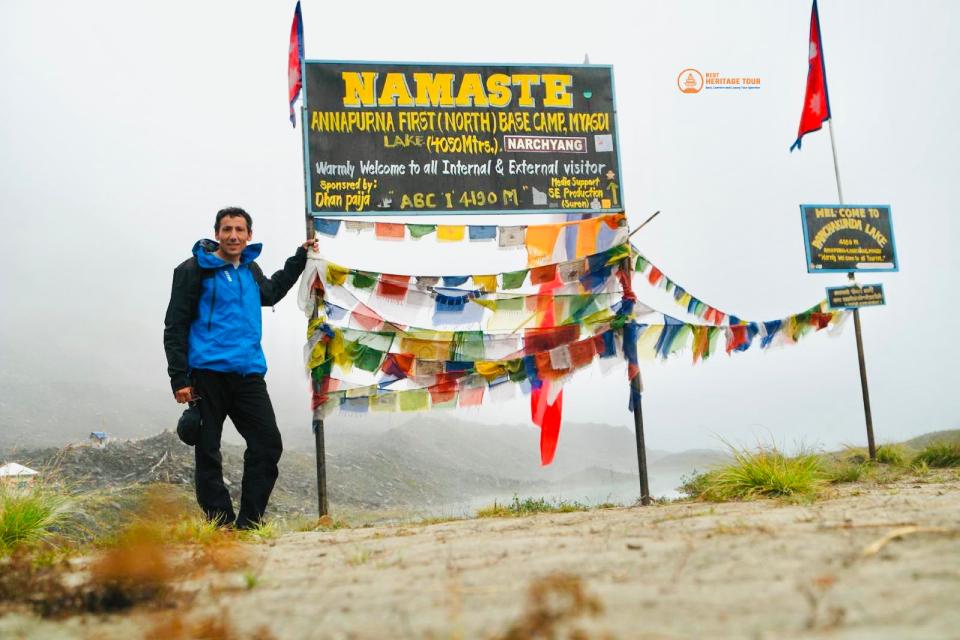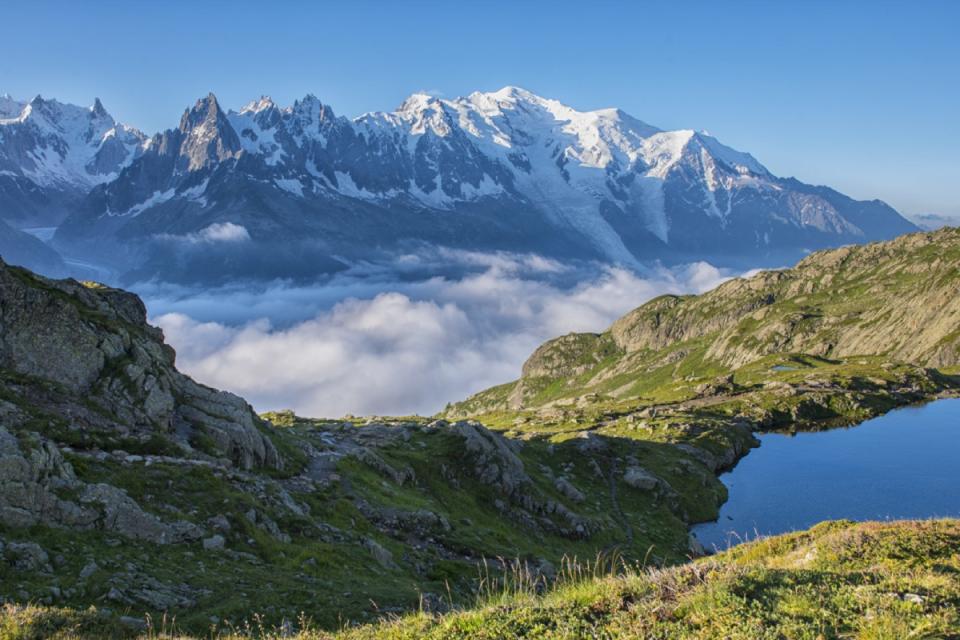Choosing the right hiking boots can make or break your trekking experience — whether you’re walking through the lush trails of the Annapurna Circuit or tackling the rugged paths to Everest Base Camp (EBC).
So, what if you have two pairs of boots:
-
One waterproof but not so comfortable, and
-
One super comfortable but not fully waterproof?
Which one should you wear for your adventure?
Let’s dive deep into what really matters — because the wrong choice can lead to sore feet, blisters, or even an early end to your trek.
Comfort Comes First — Always
If your boots aren’t comfortable, no amount of waterproofing will save your trek.
You’ll be walking 5–7 hours per day, often on uneven terrain. Pressure points, rubbing, or a tight fit can cause painful blisters within the first few days.
Comfortable boots mean:
-
Better endurance and less fatigue
-
Fewer foot injuries
-
Happier trekking days
Even if they aren’t fully waterproof, comfort ensures your feet can recover each night — and that’s far more valuable on long treks.
When Waterproof Boots Are Worth It
Waterproof boots shine in wet conditions: rain, snow, muddy trails, or river crossings.
Choose waterproof boots if you are trekking:
-
During monsoon (June–September)
-
Through snowy passes like Thorong La or Cho La
-
On trails with frequent water crossings
However, waterproof materials can make boots less breathable, leading to sweaty feet and blisters if the weather is dry and warm.
The Downside of Waterproof Boots
Many trekkers assume waterproof equals better — but that’s not always true.
Here’s the catch:
-
Waterproof boots can trap heat and moisture inside.
-
Once they get wet (from sweat or rain getting in from the top), they take longer to dry.
-
They can feel heavier and stiffer, reducing flexibility.
If your trek is mostly dry — like Everest Base Camp in October or Annapurna in March–May — you might actually prefer the non-waterproof, breathable pair.
The Case for Comfortable, Breathable Boots
Non-waterproof boots often mean:
-
Lighter weight
-
Better air circulation
-
Faster drying time
These are perfect for multi-day treks in stable weather, especially at higher altitudes where rain is rare but cold and dry air dominate.
Pair them with good quality wool socks and light gaiters, and you’ll be fine even if you step in light puddles or snow.
The Smart Trekker’s Choice: Balance
The best answer isn’t strictly one or the other — it’s about knowing your trekking route and season.
Here’s a quick decision guide:
| Trekking Condition | Best Choice | Reason |
|---|---|---|
| Dry season (Oct–Nov / Mar–May) | Comfortable, breathable boots | Less moisture, more comfort |
| Rainy season (Jun–Sep) | Waterproof boots | Protects from mud and rain |
| Snowy passes (above 4,500m) | Waterproof boots | Keeps feet dry and warm |
| Short hikes or city walks | Comfortable boots | Lightweight and relaxing |
Pro Tips for All Trekkers
-
Break in your boots weeks before your trek.
-
Carry two pairs of socks — one for day trekking, one for sleeping.
-
Use gaiters to prevent snow or pebbles from getting inside.
-
Keep your boots dry at night — stuff them with newspaper or tissue.
-
Don’t forget light camp shoes for evenings.
Final Verdict: What Would We Choose?
If we had to choose between waterproof but uncomfortable boots and comfortable but not fully waterproof boots, we’d go for the comfortable pair every time.
You can always manage a bit of dampness with wool socks and gaiters, but you can’t fix painful, ill-fitting boots halfway up the mountain.
Comfort helps you walk further, recover faster, and enjoy your trek — which is what truly matters in the Himalayas.
Conclusion
In the end, the best trekking boots are the ones that fit your feet, your route, and your adventure style. Whether you’re hiking the Everest Base Camp, Annapurna Circuit, or Langtang Valley, comfort, preparation, and proper gear will take you farther than any waterproof label ever will.
Contact Best Heritage Tour
Phone / WhatsApp / Viber: +977-9851149197 | +977-9810043046
Email: info@bestheritagetour.com | bestheritagetour@gmail.com
Website: www.bestheritagetour.com
Office: Thamel Marg, Kathmandu, Nepal
Author: Best Heritage Tour
Date: 24th October, 2025

